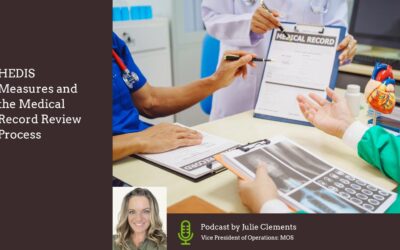In today’s podcast, Jessica Schwartz, one of our Solutions Managers, discusses tips on how to organize medical records for a personal injury claim.
Podcast Highlights
00:00 How to Organize Medical Records for a Personal Injury Claim?
01:14 Steps to Organize Medical Records for a Personal Injury Claim
Organizing Medical Records for a Personal Injury Claim Part 1
Read Transcript
00:00 How to Organize Medical Records for a Personal Injury Claim?
One of the most important aspects to consider when managing personal injury cases in a law firm is ensuring that the firm has a set of organized and complete medical records. Without proper documentation, it can be difficult to prove the extent of the injuries suffered by the claimant. Medical records help to establish the extent of the claimant’s injuries, the treatments undergone, and the costs associated with the medical care.
Medical records are also important because they help to establish a timeline of events. Information from these records can be used to determine the level of compensation your client should receive for his or her pain and suffering, lost wages, and other damages. Proper medical record organization helps attorneys to easily collect relevant medical facts related to the case.
Often lawyers gather several types of records including those related to doctors’ visits, diagnostic tests and imaging results, hospital records, physical therapy records, admitting charts, prescriptions, copies of notes from doctors or nurses, results from exams and tests, pharmacy billing records and more.
01:14 Steps to Organize Medical Records for a Personal Injury Claim
Organizing medical records is crucial when filing a personal injury claim. Once you’ve gathered your client’s medical records, the next step is to organize them in a way that’s easy to navigate and understand.
Here are some tips for organizing records:
- Gather all relevant medical records: Collect all medical documents related to the claimant’s injury, including hospital records, doctors’ notes etc. Ensure to get records from all healthcare providers your client has visited.
- Create a filing system: Set up a dedicated folder or binder specifically for the records. Use dividers or separate folders for different healthcare providers or types of documents to keep everything organized. Keeping everything together will make it easier to find the records you need when you need them.
- Organize by date: Organize the medical records by date, starting with the most recent records. This will help you establish a clear timeline of events and make it easier to track the progression of the injuries.
For more details, listen to our next podcast – Part 2



